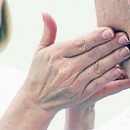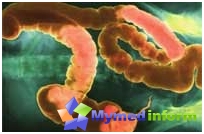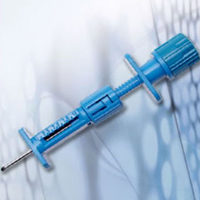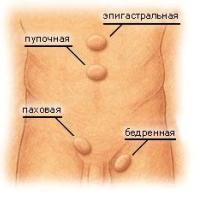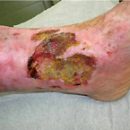What is the roar of the knee joint, its types and reasons. Symptoms of knee bursitis, methods of diagnosis and treatment, in what cases the operation is necessary, according to traumatologists and surgeons.
Content
Burst of the knee joint — inflammatory process in the knee-owned bags, thanks to which we
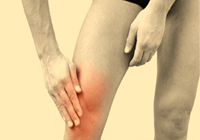 free and painlessly moving. The most common types of bursita:
free and painlessly moving. The most common types of bursita:
- Suprattellular (traded, prepatellular);
- infrautler (pond);
- Inflammation of the inner bottom bag that is called name «Cysta Baker».
Padded bursitis occurs more often than others and is mainly developing after injury to the knee or with prolonged overloads of the knee joint. Podllae Bursit occurs on the soil of violation of the work of the ligament. The basis for the appearance of a beaker cyst serve stable and strong knee overloads (relevant for people with overweight). Inflammation of the articular bag knee can be serous and purulent, acute and chronic. Serous — Uninfected inflammation of bursa, and purulent — Inflammation with the active participation of microbes.
Burst of the knee joint is mainly developing due to knee injuries, in autoimmune diseases, allergies and metabolic disorders. In addition to the greater weight, provoke the appearance of inflammation of the knee bags can excessive sports and high exercise.
Symptoms of inflammation of the joint knee bag
For each type of inflammation there are special signs, consider them in more detail:
- Preparent Bursit — The hedural of the knee (tumor-like mild formation in its upper part), pain and violation of the activity of the joint. Leather at the place of lesion can be hyperemic.
- Infrapatellular Bursit. The manifestations of this state are modest: the pains are nesting, there is a slight stiffness of the movement in the joint and a small swelling.
- Cysta Baker — The feeling of pain occurs when the patient rises or descends the stairs.
- Purulent inflammation — Increased body temperature, headache and general malaise.
Basics of the treatment of knee bursitis
The diagnosis and treatment is carried out by a traumatologist or surgeon, as it is important at the initial stage to differentiate bursitis and diseases such as arthritis, hemarthritis and oncology. Specialists conduct comprehensive treatment, including drug therapy, surgical intervention (in cases of necessity), physiotherapy and possible therapy by folk remedies. The patient's responsibility will be a refusal of loads on the damaged joint and compliance with full rest. If the bursitis is not purulent, then you can apply cold to weaken the symptoms. Certain with pain will help NSAIDs and painkillers. Operational intervention is shown in the expansion of a beaker cyst, followed by a violation of motor ability (it is removed by surgical path) and with purulent inflammation (the contents of the bag are removed and washed with the introduction of antibiotics). In terms of physiotherapy, ultrasound with NSAIDs, electrophoresis and UHF.
Features of the diagnosis of brusitis of the knee joint
If you have noticed any manifestations of Bursita, hurry to seek advice from traumatologist or surgeon. The simplest methods of diagnosing the bourrsita knee is Palpation and the usual visual inspection. When the bursite is running, fibrosis is formed on site. To determine the nature of the inflammatory process, experts carry out puncture, based on the results of which and detect the nature of the bursitis, purulent or serous. In the diagnosis of fallen inflammation, the results of ultrasound, x-ray and artwork. Ultrasound examination is successfully carried out and to identify the cyst of the Baker.


